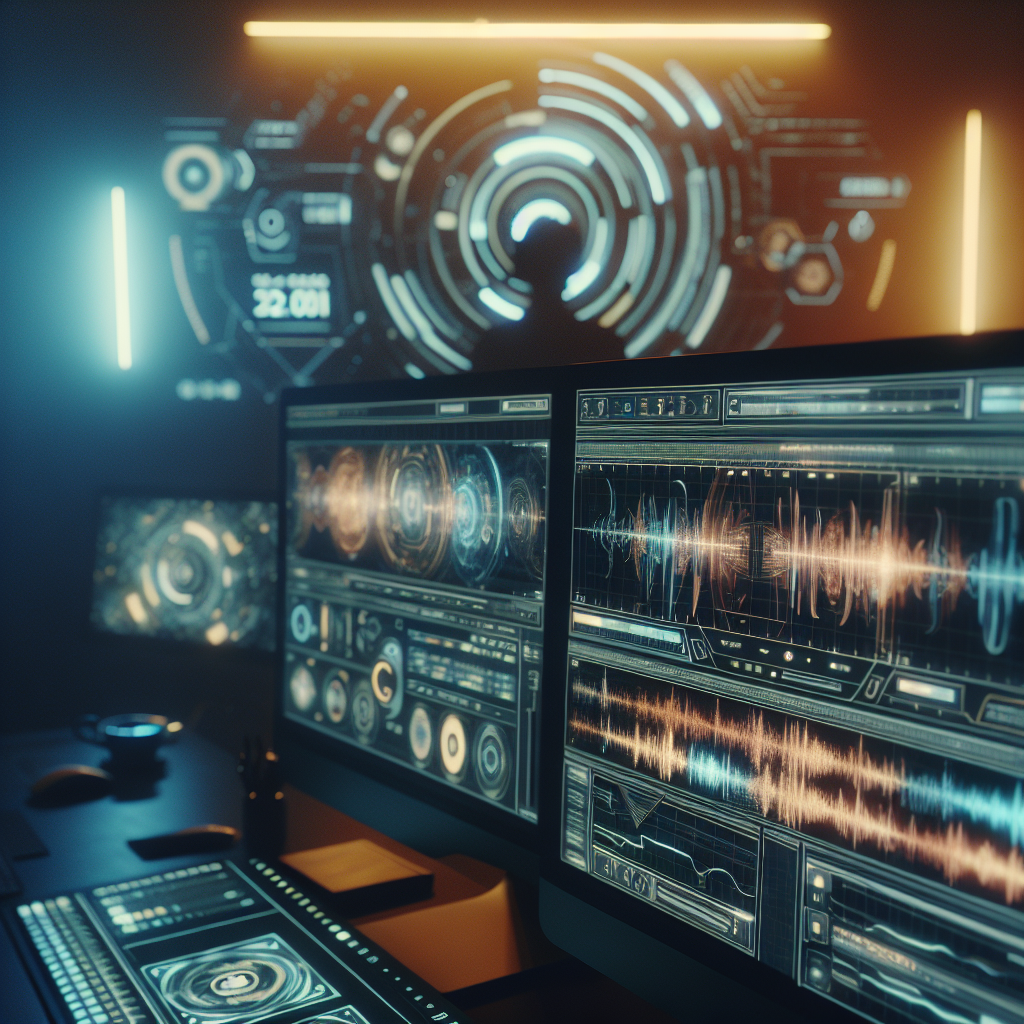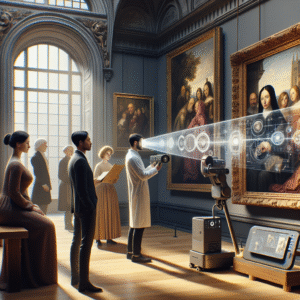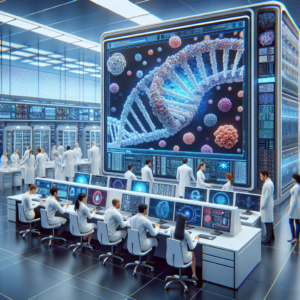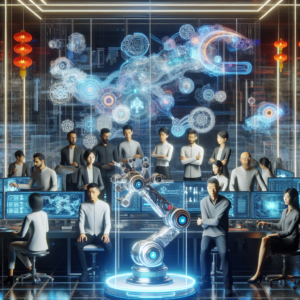Understanding the Role of AI in Film Production: Insights from ‘The Brutalist’
In a world where technology continues to shape various industries, the film sector is no exception. Filmmaker Brady Corbet, known for his directorial work on ‘The Brutalist,’ recently addressed the use of artificial intelligence (AI) in the post-production phase of his film. This discussion has sparked interest and debate among cinephiles and industry professionals alike. In this blog post, we will delve into the details of Corbet’s remarks, explore the implications of AI in filmmaking, and examine the broader context of this technological advancement in the creative arts.
The Context of AI in Filmmaking
Artificial intelligence has gradually infiltrated various aspects of filmmaking, from pre-production planning to post-production editing. The technology can streamline processes, improve efficiency, and assist in creative tasks. However, the usage of AI in film remains a contentious topic, raising questions about authenticity, artistry, and the role of human creativity.
Brady Corbet, as a key figure in contemporary cinema, contributes a critical perspective on this evolving landscape. His film, ‘The Brutalist,’ has attracted attention not only for its artistic merit but also for its innovative approach to production techniques. During a recent interview, Corbet clarified the specific applications of AI in his film, emphasizing its limited use.
Corbet’s Clarification on AI Usage
Corbet stated that the incorporation of AI in ‘The Brutalist’ was primarily focused on Hungarian language dialogue editing. This clarification is important, as it signals that while AI can play a supporting role in the filmmaking process, it does not overshadow the human element that is critical to storytelling.
In his remarks, Corbet outlined how AI helped streamline the dialogue editing process for Hungarian-speaking characters. This aspect of production can be incredibly time-consuming, especially when it involves ensuring that the nuances of language and culture are accurately represented. By leveraging AI, the filmmaker aimed to enhance efficiency while maintaining high artistic standards.
The Debate Surrounding AI in Creative Processes
While Corbet’s approach presents a case for the beneficial use of AI, it also opens the door to a broader discussion about the role of technology in creative industries. Skeptics argue that the adoption of AI could lead to a homogenization of artistic expression, where unique voices and individual creativity are overshadowed by machine-generated outputs.
Supporters, on the other hand, believe that AI can be a valuable tool that complements human creativity rather than replaces it. For filmmakers like Corbet, the strategic use of AI in specific areas, such as dialogue editing, can free up time and resources to focus on more creative aspects of filmmaking.
The Future of Filmmaking in the Age of AI
As technology continues to evolve, the film industry must navigate the challenges and opportunities presented by AI. The potential for enhanced production efficiency and innovative storytelling techniques makes AI an attractive option for many filmmakers. However, it is crucial to balance technological advancements with the preservation of artistic integrity.
Maintaining Artistic Integrity in Film
One of the main concerns surrounding AI in filmmaking is the potential dilution of artistic integrity. Filmmakers and creatives must remain vigilant in ensuring that the essence of storytelling is not compromised by the reliance on technology. Corbet’s comments highlight the importance of using AI judiciously and maintaining a strong human presence in the creative process.
Collaboration between humans and AI could lead to new creative avenues. Filmmakers can harness AI’s capabilities to analyze vast amounts of data, identify trends, and even assist in the editing process. However, the final artistic decisions should always rest in the hands of human creators who understand the emotional resonance of their work.
The Impact on Emerging Filmmakers
The integration of AI in film production may also have implications for emerging filmmakers. As technology becomes more accessible, aspiring directors and producers can leverage AI tools to enhance their projects. This democratization of technology could lead to a new wave of creativity, where diverse voices find their way into the cinematic landscape.
However, there is also the risk that reliance on AI could lead to a lack of originality among new filmmakers. Therefore, it is essential for educational institutions and industry professionals to emphasize the importance of human creativity and storytelling skills alongside technological proficiency.
Conclusion: A Balanced Approach to AI in Filmmaking
Brady Corbet’s insights on the use of AI in ‘The Brutalist’ provide a thoughtful perspective on the intersection of technology and creativity in filmmaking. By limiting AI’s role to specific tasks like dialogue editing, Corbet exemplifies a balanced approach that prioritizes human artistry while embracing the benefits of technological advancements.
The potential for AI to revolutionize various aspects of film production is immense, but filmmakers must tread carefully to ensure that the heart of storytelling remains intact. As the industry continues to evolve, the dialogue surrounding AI’s role in film will undoubtedly grow, prompting further exploration of how technology can coexist with the human touch in this ever-changing landscape.
In summary, the future of filmmaking lies in the ability to embrace innovation while honoring the art of storytelling. As filmmakers like Brady Corbet demonstrate, the key is to find harmony between human creativity and technological capabilities, ensuring that the magic of cinema endures in the age of AI.



